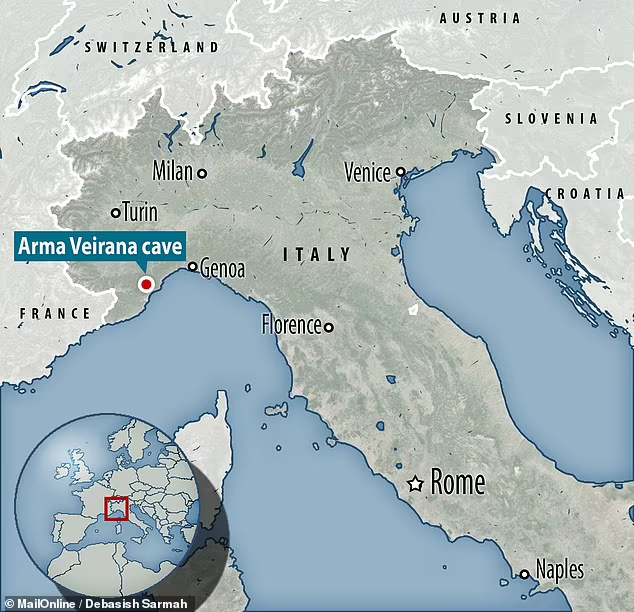Arma Veirana 2022 Season Post 6: Paleolithic Meets Medieval
With Babalola's arrival our team was assembled, so on Thursday we took the opportunity to visit Arma Veirana and see the site where the material we've been analyzing in the lab was excavated. To access the cave, you drive 10 minutes down the road from Erli to the quaint and peaceful town of Cerisola in the Piemonte region of Italy.
As soon as we parked in Cericola we made a new friend! This adorable miniature pony greeted us and posed for a few pictures.
After hiking down to the Neve stream, we trekked up the other side of the wooded valley until we reached the opening of Arma Veirana. We were all humbled and in awe at the beautiful cave. The vaulted ceilings and partially blocked entrance lend an air of seclusion and tranquility to the site. It is immediately obvious how time has changed the cave since its paleolithic inhabitants stepped foot there. Huge slabs have broken off the ceiling at the mouth of the cave in the recent past and the significant slope of the cave floor is evidence of erosion wiping away the living floor, inevitably carrying off possibly significant sediments and artifacts. Large speleothems in the middle of the cave display the awesome power of water and minerals to shape and form the interior of caves, partially blocking the view of the entrance from the very back.
In this image, Dr. Caley Orr points out the Black Mousterian stratigraphic layer at the bottom of the excavation pit profile, which is distinguished by the presence of Mousterian stone tools as well as a rich amount of faunal material. You can see the sand bags placed in the trenches to preserve the walls and surface for future excavation. To Caley's left on the upper side of the slope is the area where the richly decorated infant burial was uncovered. The infant, named "Neve" for the valley in which she was buried, was 40 to 50 days old at death and buried with beautifully crafted shell beads around 10,000 years ago. It was both touching and inspiring to see the place in which a paleolithic family carefully and with much effort and care buried a young member of their group. With renewed vigor and motivation, we returned to our lab work, keeping in mind that the bones and cutmarks we are cataloging were modified by paleolithic peoples from 10,000 to 50,000 years ago and older.
On Saturday we switched the flip and traveled from our usual Paleolithic time period to the Medieval streets of Albenga for the Palio Storico festival (see their Facebook page here). The streets were alive with jesters and princesses, artisans and robed minstrels displaying their craft, and colorfully dressed locals representing their city. The four city districts, San Giovanni, San Siro, Santa Eulalia and Santa Maria, come together over the course of four days to compete in a series of games, such as archery and tug of war. The district with the most points at the end of the festival is declared the winner. We had an incredibly fun time walking the streets, soaking up the lively atmosphere, exploring the vendors, and savoring the delicious food.
Until next time, ciao!


.jpg)



















Comments
Post a Comment